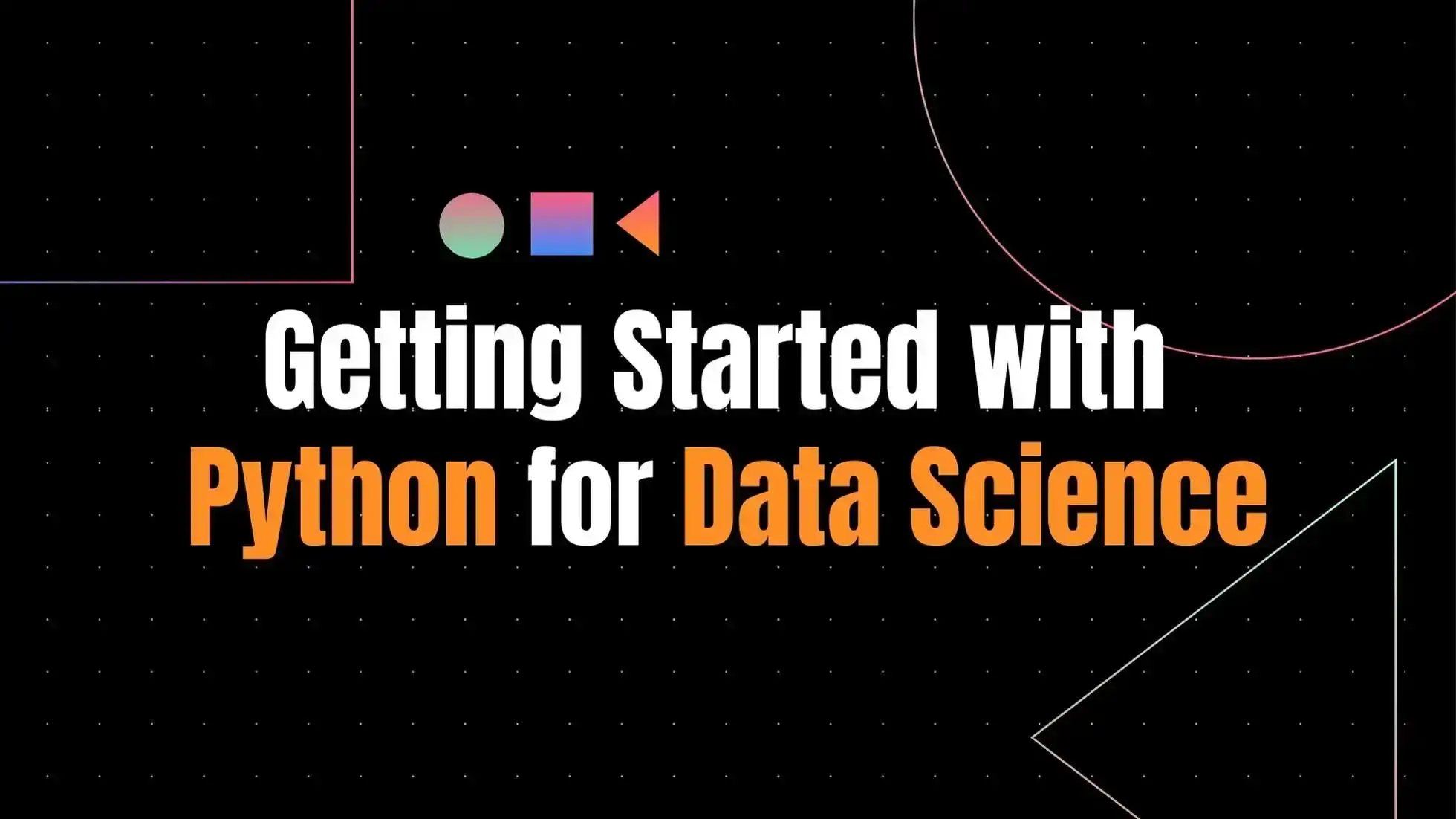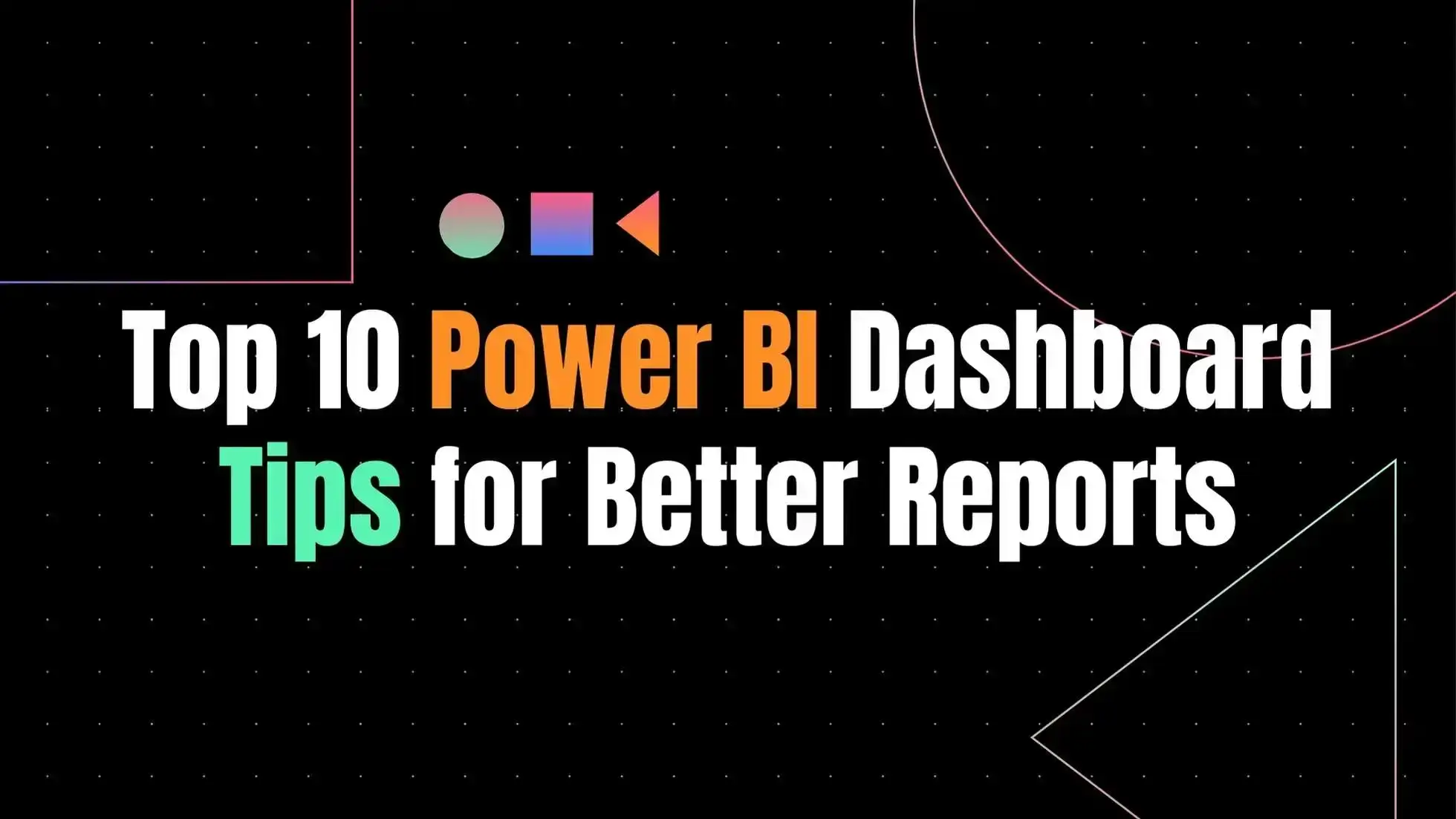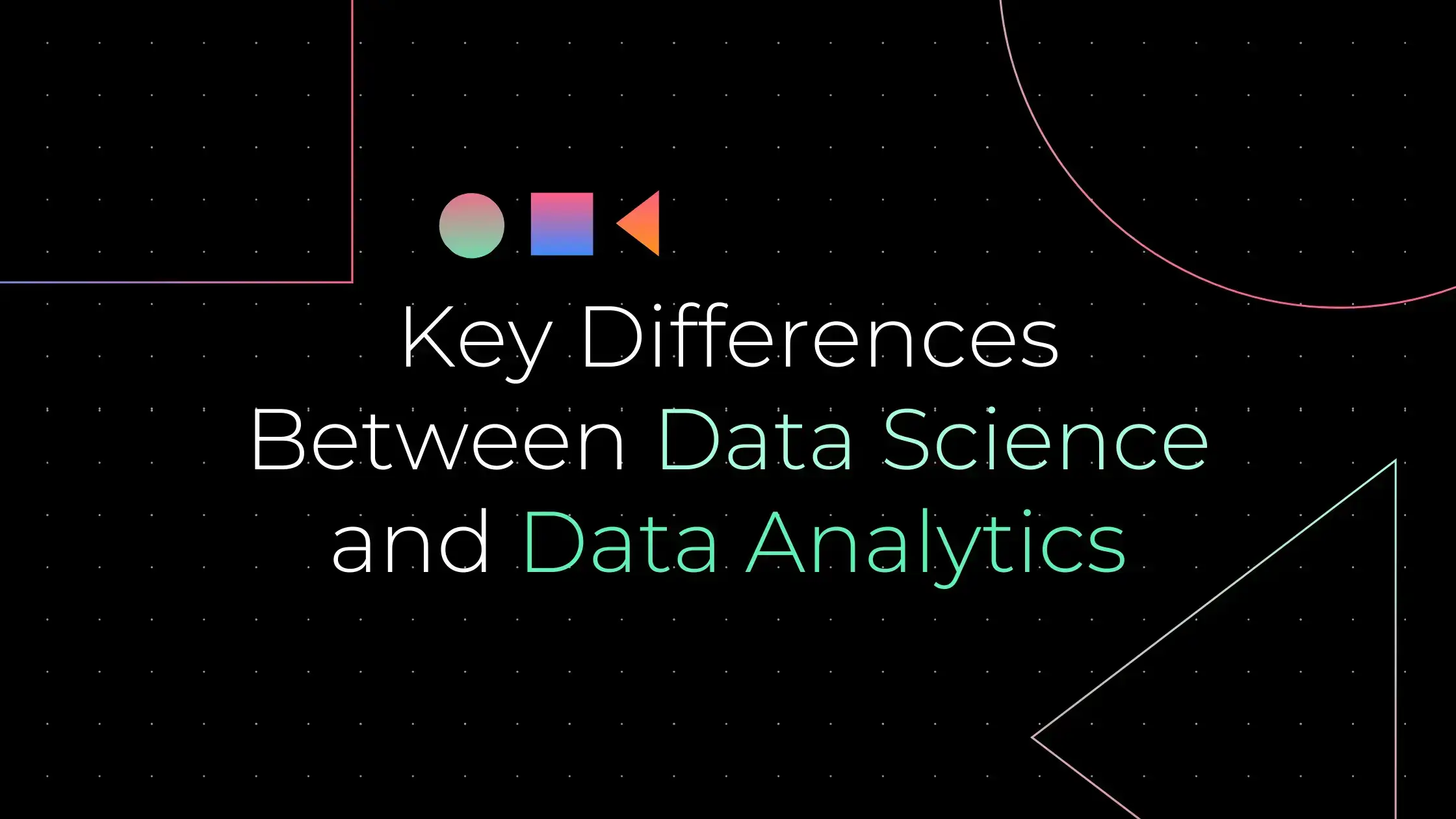Introduction
Data integration is one of the most important, but often overlooked, aspects of business success. When your data is siloed, you are not able to make the most of it. You can’t get a clear picture of what’s happening in your business, and you can’t make informed decisions about where to go next.
But data integration is not just about getting a bigger picture. It’s also about unlocking all that valuable data that’s locked away in different systems. When you integrate your data, you’re able to use it to its full potential, and that can lead to some serious business benefits.
In this article, we will explore the key benefits of data integration and show you how to get started.
What Is Data Integration?
You have probably heard the term data integration before, but you might not be sure what it means. Simply put, data integration is the process of combining data from multiple sources into a single, unified system.
This might sound like a daunting task, but it is actually a process that happens all the time without most people even realizing it. For example, when you use Facebook to log in to other websites, your Facebook username and password are automatically integrated into those websites.
The benefits of data integration are clear: by consolidating all your data into a single system, you can get a much clearer picture of what is going on in your business. This makes it easier to make informed decisions and identify trends and patterns.
The Benefits of Data Integration
You may have heard the term data integration before, but what does it really mean? Simply put, it is the process of combining data from different sources into one central location. This can be a huge advantage for businesses, as it allows them to get a complete picture of what is going on within their company.
With all of the data in one place, businesses can more easily track their progress, identify opportunities, and make better decisions. Additionally, data integration can help reduce costs and improve efficiency.
So how does data integration work? It is actually a pretty complex process, but in a nutshell, it involves extracting data from various sources, cleansing it, and then loading it into the desired format. Once it is in this format, the data can be used for reporting and analysis.
There are many different tools and technologies that can be used for data integration, so it’s important to find the right solution for your business. But with the right tools in place, you can unlock the power of your data and achieve success like never before.
The Challenges of Data Integration
Data integration can be a challenge, but it’s worth it in the end. Why? Because when all your data is properly integrated, it can unlock untold business success.
Think about it: when different data is scattered across different systems, it can be difficult to get a clear picture of what is really happening in your business. But when it’s all integrated, you can see the big picture and make better decisions based on that data.
There are a few challenges to overcome when integrating data: first, you need to make sure all your data is in a consistent format. Second, you need to find a way to get that data into your system. And third, you need to make sure the data is reliable and up-to-date.
But with the right tools and strategies in place, data integration can be a breeze. In fact, once you have unlocked the power of integrated data, you’ll never want to go back!
How to Overcome the Challenges of Data Integration
You might be wondering how data integration can help your business unlock success. After all, it is not easy to combine data from different sources into one cohesive system. There are a lot of challenges that need to be overcome, like data quality and synchronization.
But with the right tools and processes in place, data integration can be a powerful way to get a clear understanding of your business. It can help you see the big picture, and make better decisions based on accurate information.
So how do you overcome the challenges of data integration? Here are a few tips:
1. Make sure you have the right tools and technologies in place.
2. Establish a clear process for integrating data from different sources.
3. Train your team to use the new system effectively.
4. Test and verify the accuracy of the data before making decisions based on it.
The Future of Data Integration
So, what is the future of data integration? Well, we see it as more of a strategic partnership between business and IT. In other words, data integration will be essential for unlocking business success.
Why is that? Because data integration is all about taking information from different sources and making it available for analysis. And that is what businesses need in order to make sound decisions and stay ahead of the competition.
But data integration is about more than just analytics. It is also about providing real-time insights to decision-makers, so they can respond quickly to changes in the market. And finally, it is about creating a single source of truth for all stakeholders in the organization.
So, as you can see, data integration is critical for businesses of all sizes. It is the key to unlocking success and driving growth. Are you ready to embrace the future of data integration?
Conclusion
No matter the size of your business, data integration is essential to unlocking its full potential. By bringing data together from disparate sources, you can gain a better understanding of your customers, your products, and the overall marketplace.
Not only that, but data integration can help you make better decisions, faster. With the right tools and techniques in place, you can unlock the power of your data and use it to power your business growth.
Data integration is a key part of any business success story. If you’re not taking advantage of it, you’re missing out on a lot of potential growth. Try data integration today and see how it can change your business for the better.







